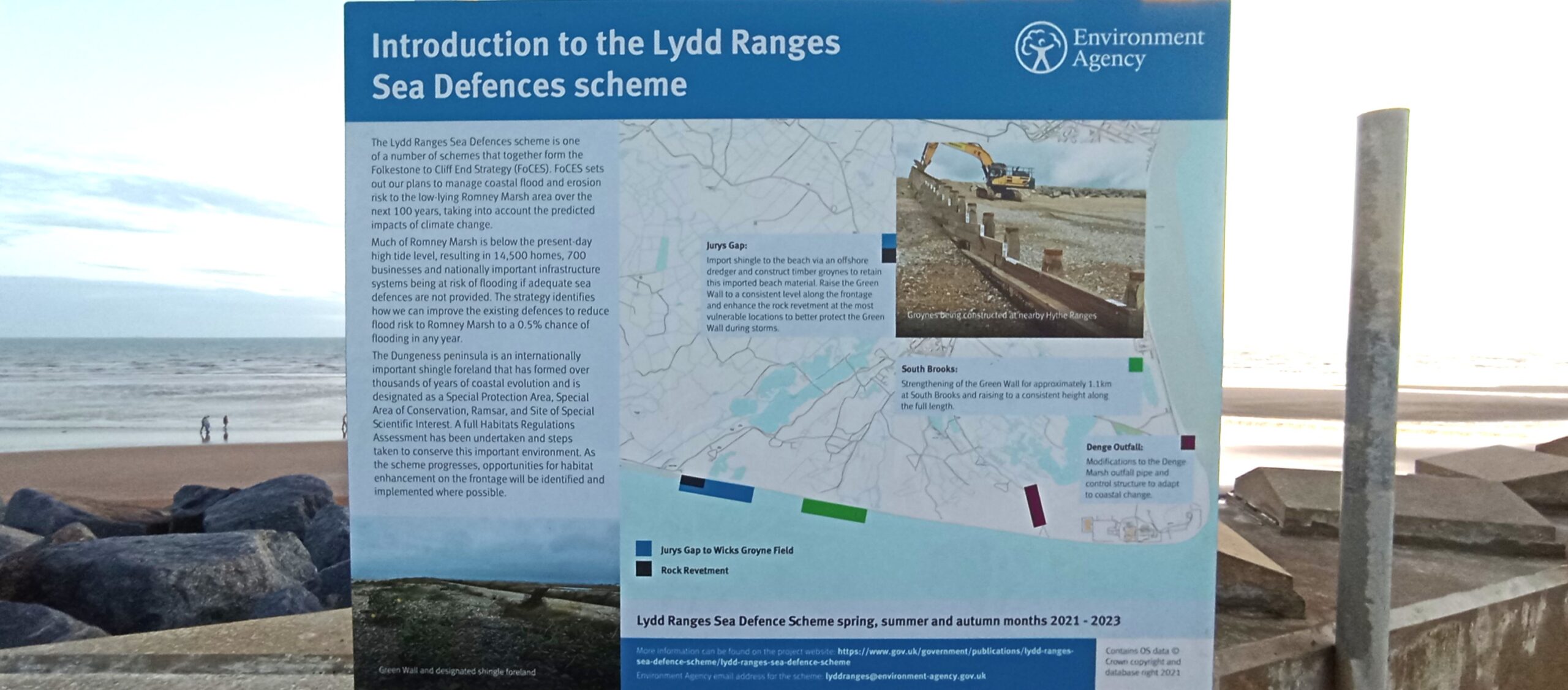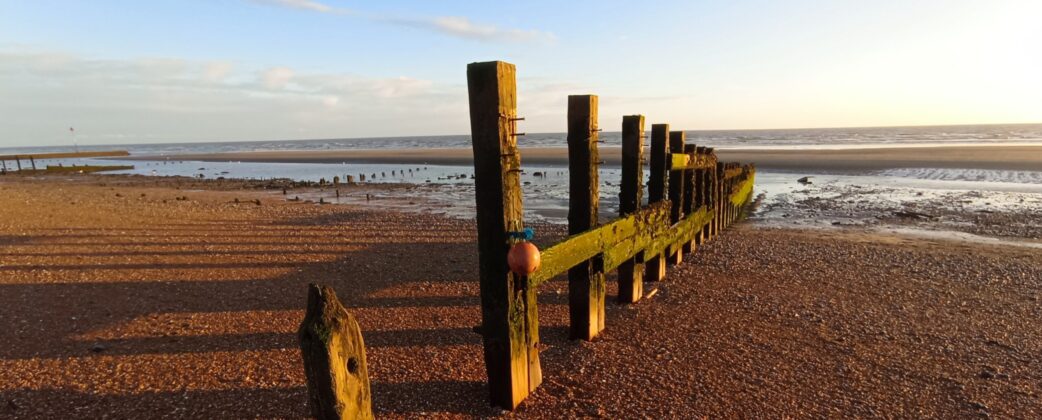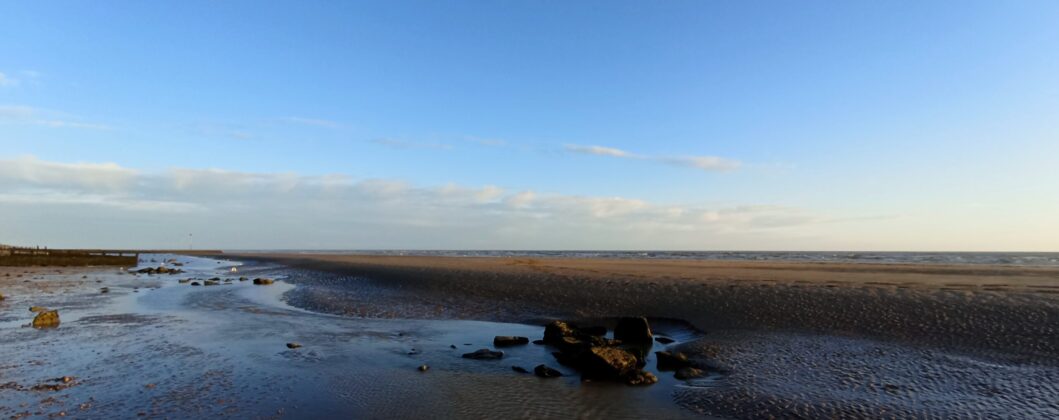Last week saw the arrival of storm Ashley, the latest storm to hit the UK, bringing with it strong winds of up to 80 mph in some areas with power loss and damage to buildings and delays to the transport network resulting in the Met Office issuing ‘threat to life’ weather warnings.

The UK this year has also experienced unprecedented levels of rainfall with extensive flooding in many areas around the UK. The coastlines in particular have taken a battering with cliff erosion posing a major concern and sea defences have been tested to their limits in many areas.

Walking along the sands at Camber it was noticeable how much the sands have shifted recently, at Broomhill Sands the shingle has moved a long way inshore, burying some of the massive granite boulders. In amongst the boulders there is plenty of debris including discarded floats, rope, plastic barrels, polystyrene packing casing, driftwood and timber and at one point, a huge metal drum complete with a steel wire rope with shackle still in tact, beached on the rocks.

The wooden steps which lead down on to the beach were partially submerged under shingle and between the steps, rocks had been wedged into the gaps forced into place by the pressure of the waves driving them in place.

The beach was not the same as normal, as the sun began to set it cast a shadow over the shipwreck which had laid under shingle but was now exposed, and with the full skeleton visible.


Hanging from the groins was a discarded buoy and beyond the groins a high bank of sand and in the distance the sea on the horizon. The sand had shifted significantly to form a high bank, something I have never seen in all my countless walks along the beach.
The flood barrier was firmly closed at the top of the slipway, again something I had never witnessed before and where the kiting area is, small, pointed groins had shown themselves.

Broomhill Sands at Camber are a photographer’s dream, an ever-changing landscape and in the space of five minutes the setting sun dropped quickly giving an eerie light across the sands. This really is a special place, but things are changing, and the flood defences are being tested but for now are doing what is required of them.
Image Credits: Nick Forman .










Not wishing to be pedantic towards your excellent and most interesting article, the spelling in this case is groyne. Easily done – my laptop just changed it automatically!
Please don’t let the spelling and grammar police start correcting posts on this excellent site, nothing stops people posting quicker than this.
‘More quickly’ not ‘quicker’.
I was aware of the predicted high tides at Rye Harbour (see the Tide Table booklet, highest 4.4m on 18th + 19th Oct) but not flooding as in dangerous or destructive levels of water. As far as I know a couple of rotten sections of groyne came adrift but otherwise the river looked an impressive natural force. Both days were calm weather and many visitors came to witness the event, enjoying refreshments at the Bosun’s Bite cafe (some of the staff sensibly had wellies). So perhaps it’s the choice of words that’s a little dramatic.
Jane – our Rye education has served us well! I never yield to the American spelling option.
Excellent photos Nick.